7 Bizarre Amazon Rainforest Animals
I found this list tonight of 10 Bizarre Amazon Creatures of the Rainforest. There hundreds of fascinating animals in the Amazon rainforest. I thought I’d share the 7 I found most interesting from the list of 10 listed on Listverse. I’ve included their description with my own commentary following.
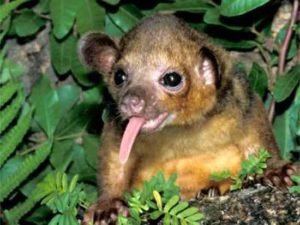
7. Kinkajou – This relative of the raccoon has golden fur and a tail that can grip branches. Also called the honey bear, it lives in trees and mainly eats fruit. It uses its five inch-long tongue to grasp hanging fruit and also to lick nectar from flowers.
Bizarre? Perhaps, but they’re kind of cute. I don’t see the relationship to the raccon, but I’ve got a few relatives that I’m pretty glad I don’t look too much like!
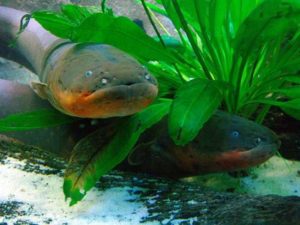
6. Electric Eel – Dwelling in murky rivers, the electric eel delivers hundreds of volts that can stun a human. Deaths attributed to this animal are most likely from drowning when the paralyzed victim is unable to swim. The eel uses its “power” to kill prey and to navigate in poor visibility. Despite its name, the electric eel is not closely related to true eels but is the largest member of a group of electric fish called knife fish.
Of all the cool animals in the Amazon rainforest, this may be the one I would want to avoid the most. Hideously ugly and very dangerous. Not for me.
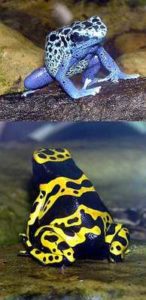
5. Poison Dart Frog – These brightly colored frogs are among the most toxic creatures on earth. Their coloration serves to warn potential predators. Some species’ toxin is so virulent that merely touching the animal can deliver a lethal dose. Scientists prefer to call them poison frogs, because in fact they are not widely used by Indians for dart poison. Called “curare” its main ingredient is from toxic vines.
You may or may not find one of these in Amazon Survival!
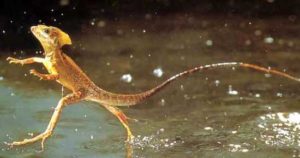
4. Jesus Lizard – When fleeing from predators, this reptile runs along the surface of water such as a pond or stream. The lizard reaches about 5 miles per hour this way. It propels itself along the water, using surface tension to briefly support its weight. The lizard’s toes have flaps of skin to create a broader surface and an air pocket to enhance the surface tension. But the “miracle” soon gives way to physics and the lizard is forced to swim.
Some of the videos on YouTube of these lizards are just truly amazing.
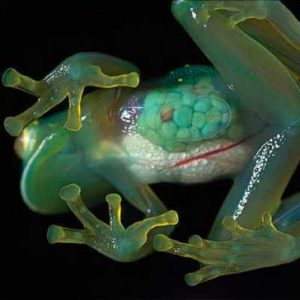
3. Glass Frog – The glass frog’s flesh is entirely transparent, allowing you to see the internal organs, including the heart pumping away. The flesh thus takes on the hue of surrounding vegetation, making the frog hard to see.
I really want to do more research of this one to understand the evolutionary development of this great frog.
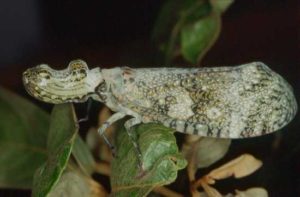
2. Peanut Head Bug – This weird looking insect has a bulbous protuberance from its head that looks remarkably like unshelled peanut. The significance of this seeming encumbrance is uncertain, although scientists believe it may mimic a lizard’s head, and thus deter curious predators. The insect is otherwise defenseless although its wings bear spots that look like an owl’s eyes, all part of its arsenal of deception.
Maybe it’s a bad pic, but I’m not seeing the “peanut” shape. Could be too late in the day though for me to focus well enough.

1. Candiru Fish – This nasty creature, also called the toothpick fish, has been reported to swim up the urogenital tract of bathers and lodges itself therein. Removal by surgery is the only treatment. In nature, the pencil-shaped fish parasitizes the waste ducts of aquatic animals, and apparently finds human orifices irresistible.
Ok, so that’s just terrifying. Literally sent chills through my body when I read that!




